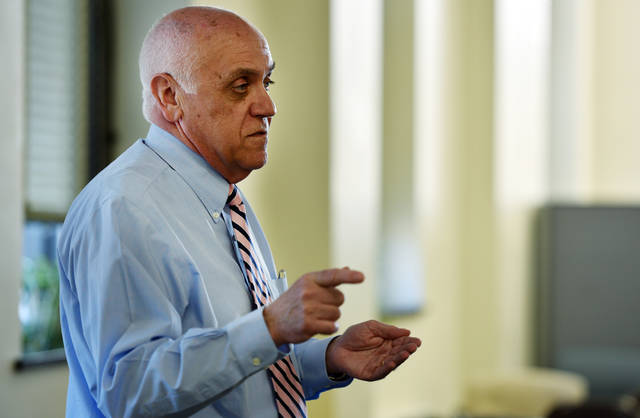The final tally of 2017 Luzerne County drug overdose deaths is in — 155.
This number is firm because all outstanding toxicology tests have been processed, the county coroner’s office said Monday.
It’s the third consecutive year the number has reached a record high.
County Coroner William Lisman, who has been publicly raising an alarm about the deaths for years, said he worries the topic will become “old news,” or the “same story with different numbers.”
“The best I can say is that the percentage increase is smaller than it was in the past. That’s the only positive thing I can say,” Lisman said. “In a perfect world, the number would be less.”
The number of overdose deaths had increased from 67 in 2014 to 95 the following year, or 42 percent, statistics show.
Deaths rose 49 percent to 142 in 2016.
The jump to 155 last year was a 9 percent increase.
The statistics continue to support the county administration’s recommendation to sue a string of opioid manufacturers and wholesale distributors, county Manager C. David Pedri said Monday.
Filed in November, the federal suit accuses manufacturers of turning patients into addicts and distributors of intentionally breaching their legal duties to monitor, detect, investigate, refuse and report suspicious orders of prescription opiates, the suit states.
The suit is in the early discovery stage.
Pedri said the opioid topic frequently comes up in public discussions because it impacts all demographics.
“There’s not a family or person not affected in some way,” he said. “It’s a serious disease.”
Although a detailed breakdown was not available, the ages of the 155 who died this year ranged from 18 to 70, the coroner’s office said.
Increasingly, variations of fentanyl appear in toxicology screenings of the deceased, Lisman said.
Experts have said dealers are cutting heroin with designer drugs to make their product more potent and powerful.
“Now we are spending additional money to test for all these designer drugs,” said Lisman, who has a $60,000 budget for toxicology tests.
State Department of Drug and Alcohol Programs Secretary Gary Tennis had warned in December 2016 a spike in opioid overdoses was expected as the state took the “necessary step” of cracking down on prescription drugs through a database monitoring program and other initiatives aimed at preventing future addiction.
Those already addicted may “go to the street” to obtain heroin when they can’t secure prescription pills, and the purity of heroin and potency of substances it’s cut with often lead to fatal overdoses, Tennis has said.
The state Department of Health website contains a graphic of a scull with crossbones on the opioid epidemic section of its website, saying more Pennsylvanians die from opioid overdoses than vehicle accidents.
The state’s solutions also include a standing order for people to access the overdose antidote naloxone, a “warm handoff” program connecting hospitalized overdose patients to treatment options and more guidelines and training for doctors and dentists on safely prescribing opioids.
Earlier this month, Gov. Tom Wolf signed a statewide disaster declaration for the opioid crisis that will speed up and expand access to treatment, improve tools for families and first responders and step up data collection, his office said.
In addition to promoting naloxone training and other initiatives, the county’s drug and alcohol department distributed information on its services and opioid prevention to more than 37,000 providers, pharmacies, advocacy groups and citizens in 2017, according to Pedri’s annual report.





